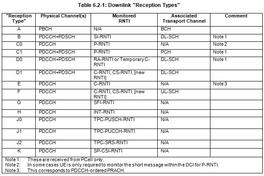CAP Code Explained: Paging System Identifiers
Advertisement
In a paging system, a CAP code (Channel Access Protocol code) is a unique identifier assigned to each pager. Think of it like a phone number for your pager; it ensures that a specific pager receives only the messages intended for it.
When a message is transmitted, the paging system broadcasts it along with the associated CAP code. If the pager detects a match between the transmitted CAP code and its own, it alerts the user and displays the message.
Key Points About CAP Codes
-
Unique Identification: Every pager has its own CAP code to differentiate it from other devices on the network. No two pagers on the same network will have the same CAP code.
-
Format: CAP codes are typically binary or hexadecimal numbers, often 7 or 9 digits long. The exact format can vary depending on the specific paging system.
-
Broadcasting: When a paging system sends a message, it transmits it along with the CAP code of the target pager. This ensures that only the intended recipient’s pager responds.
-
Decoding: The pager continuously monitors the paging network, checking incoming signals for its specific CAP code. It’s constantly listening for its “name” being called.
Conclusion
In summary, the CAP code is a vital element in ensuring that messages are delivered to the correct pager in a paging network. It’s the addressing mechanism that makes paging systems work.
Advertisement
 RF
RF





